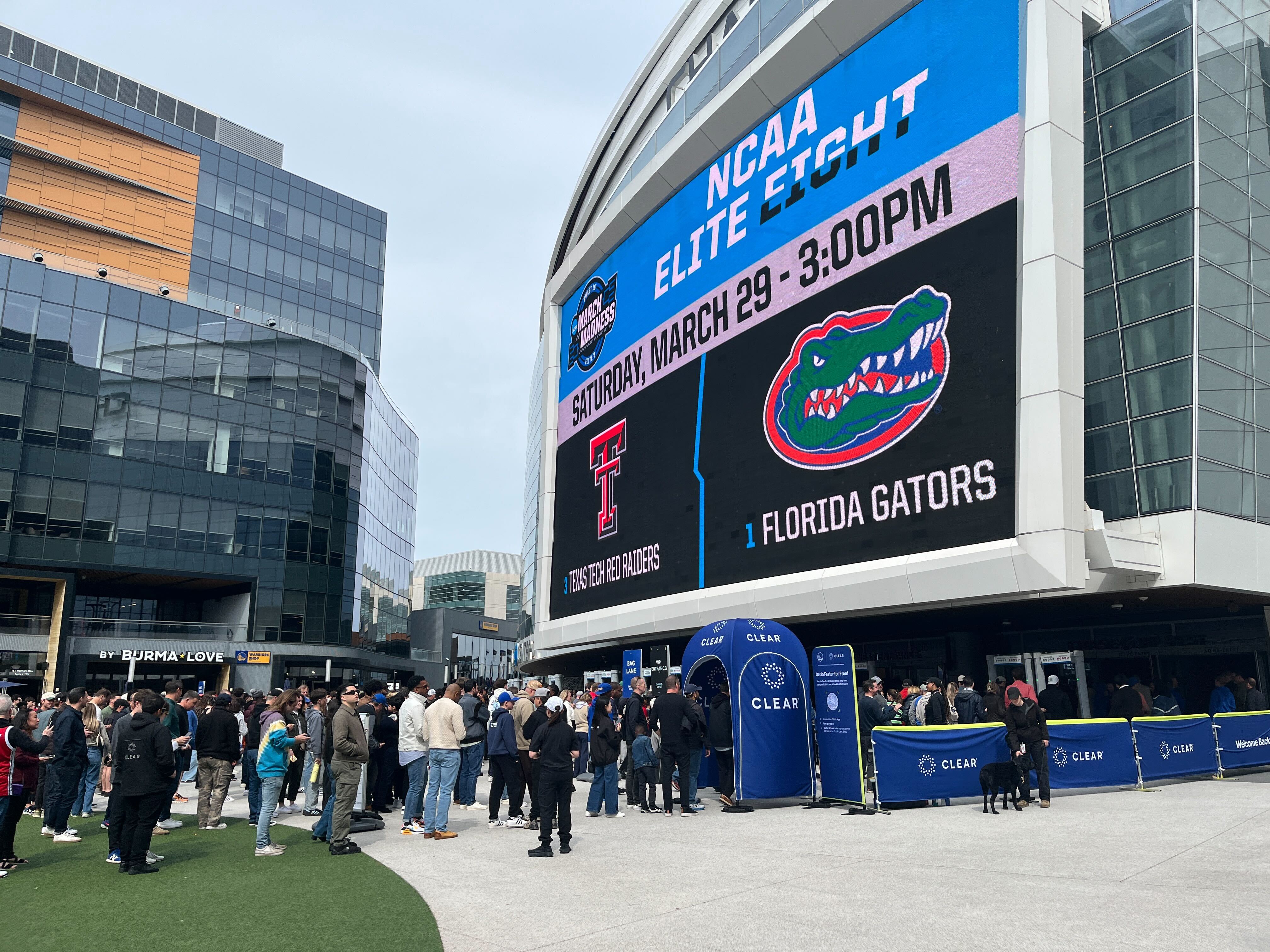The two-dozen or so bovines were too busy munching grass, rubbing on trees, and wallowing in dirt to reflect on the fact they might be the future of cattle ranching. Possibly the only part of the experience that might have registered was that each day found them shuffling to a new pasture on San Mateo County’s verdant TomKat Ranch.
“It’s an art as much of a science,” said Wendy Millet, manager of Pescadero ranch.
For the last three years, ecologists at the ranch have experimented with a feeding system known as a “planned grazing schedule,” which attempts to mimic grazing patterns of herds that once fed along the Great Plains, by constantly moving the cattle through TomKat ranch’s 1,800 acres.
“They’re really only on a pasture for say a day,” said Carlie Henneman, an ecologist with Point Blue Conservation, “and then they’re moved off.”
By constantly moving the grazing cattle, the grasslands are allowed to rejuvenate and grow back. It's a contrast to most ranching operations which allow cattle access to a swath of pastures without targeting specific lands.
“We try to move them regularly,” Henneman said, “so that we’re giving each plant time to rest so it can grow bigger and stronger.”
The plant siesta seems to be paying off: As part of a three-year study, ecologists have recorded a resurgence of some of the ranch’s perennial grasses.
Local
“What we found is that the percent of perennial pastures where we found perennial grasses increased by 72 percent over those three years,” Henneman said. “We really think that was due to grazing practices.”
Henneman said perennial grasses, which grow year-round, are able to feed the livestock even when annual grasses die. They’re also more resistant to drought.
During last year’s dry spell, Henneman said, perennial grasses were the only green plants visible on the entire ranch. And as an environmental bonus, she said, perennial grasses are able to draw more carbon from the atmosphere than other grasses.
“So it’s showing how you can have a sustainable ranching operation while also promoting nature,” Henneman said.
The grass study fits in nicely with the mission of TomKat Ranch, a working cattle ranch that also serves as a sort-of laboratory for sustainable farming techniques. The ranch, which holds classes, seminars and workshops for other farmers, hopes the strategy of “planned grazing” will catch-on.
“It’s gonna hopefully lead to a big change in how people are grazing,” Millet said.



